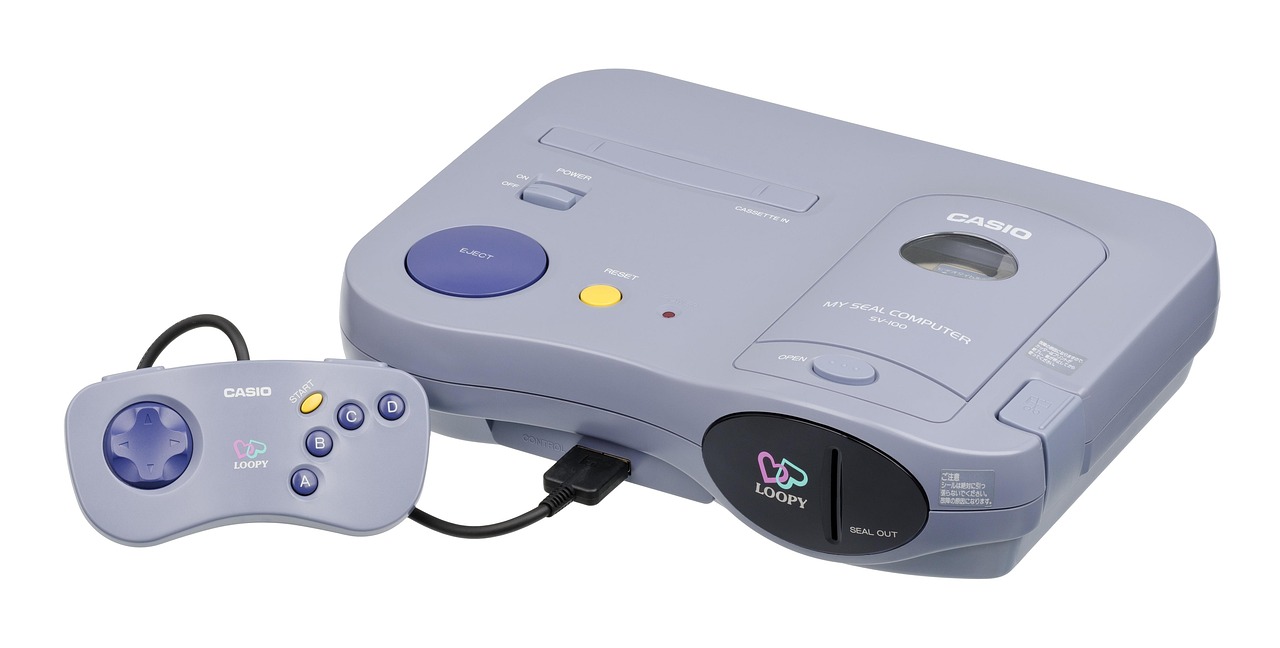Navigating the world of food allergies and sensitivities can be challenging, but understanding your options empowers you to make the best choices for your health. This is particularly true for those exploring a gluten-free diet. Whether you’ve been diagnosed with celiac disease, have a gluten sensitivity, or are simply curious about its potential benefits, this comprehensive guide will provide you with the knowledge you need to confidently navigate the gluten-free landscape.
Understanding Gluten and Its Effects
Gluten, a protein found in wheat, barley, and rye, can cause a range of adverse reactions in susceptible individuals. Understanding what gluten is and how it affects the body is the first step in managing a gluten-free lifestyle.
What is Gluten?
Gluten is actually a composite of two proteins, gliadin and glutenin, which give dough its elasticity and chewy texture. It acts like a glue, holding food together.
- Wheat: The most common source of gluten, found in various forms like wheat flour, durum wheat, semolina, spelt, and kamut.
- Barley: Often used in malt products, beer, and some soups.
- Rye: Found in rye bread, rye flour, and some beers.
- Triticale: A hybrid of wheat and rye.
Health Implications of Gluten Intolerance
For individuals with celiac disease, consuming gluten triggers an autoimmune response that damages the small intestine, leading to malabsorption of nutrients. Non-celiac gluten sensitivity (NCGS) can cause a variety of symptoms, including digestive issues, fatigue, headaches, and skin problems, without the intestinal damage seen in celiac disease.
- Celiac Disease: An autoimmune disorder requiring strict adherence to a gluten-free diet.
- Non-Celiac Gluten Sensitivity (NCGS): Characterized by symptoms similar to celiac disease, but without the autoimmune response.
- Wheat Allergy: An allergic reaction to wheat proteins, which may or may not include gluten.
Diagnosing Gluten-Related Conditions
Accurate diagnosis is crucial. If you suspect you may have a gluten intolerance, consult your doctor. Diagnostic tests may include:
- Blood tests: To check for antibodies associated with celiac disease.
- Endoscopy with biopsy: To examine the small intestine for damage.
- Elimination diet: Removing gluten from your diet and monitoring your symptoms.
Naturally Gluten-Free Foods
The good news is that many nutritious and delicious foods are naturally gluten-free. Building your diet around these staples can make going gluten-free much easier.
Fruits and Vegetables
All fruits and vegetables are naturally gluten-free, providing essential vitamins, minerals, and fiber.
- Examples: Apples, bananas, berries, oranges, spinach, broccoli, carrots, potatoes, and sweet potatoes.
- Tip: Be cautious of processed fruits and vegetables that may contain gluten-based additives or cross-contamination during processing. Always check labels.
Protein Sources
Many protein sources are naturally gluten-free, making it easy to maintain a balanced diet.
- Examples:
Lean meats like chicken, beef, and pork
Fish and seafood
Eggs
Legumes such as beans, lentils, and peas
Nuts and seeds
- Tip: Be mindful of marinades, sauces, and breading, as these can often contain gluten. Opt for simple preparations like grilling, baking, or steaming.
Grains and Starches
While wheat, barley, and rye are off-limits, several grains and starches are naturally gluten-free and can be used in place of traditional wheat-based products.
- Examples:
Rice (white, brown, wild)
Corn (including cornmeal and polenta)
Quinoa
Oats (certified gluten-free)
Amaranth
Buckwheat
Tapioca
Arrowroot
Millet
Sorghum
- Important Note: Oats can be cross-contaminated with wheat during processing. Look for oats that are certified gluten-free to ensure they are safe for consumption.
Dairy and Dairy Alternatives
Most plain dairy products are gluten-free, but flavored or processed options may contain gluten.
- Gluten-free: Plain milk, yogurt (plain, unsweetened), cheese (hard and soft), butter.
- Check labels: Flavored yogurts, ice cream, processed cheese spreads, and some dairy-free alternatives may contain gluten.
- Dairy Alternatives: Many plant-based milk alternatives, such as almond milk, soy milk, coconut milk, and oat milk (certified gluten-free), are available.
Hidden Sources of Gluten
Identifying hidden sources of gluten is essential for maintaining a strict gluten-free diet. Gluten can be found in unexpected places, so diligent label reading is crucial.
Processed Foods
Gluten is often used as a binding agent, thickener, or stabilizer in processed foods.
- Examples:
Soups (especially canned soups)
Sauces and gravies
Salad dressings
Soy sauce (traditional soy sauce often contains wheat)
Processed meats (like deli meats and sausages)
Candy and chocolate (some varieties contain wheat flour)
Seasoning mixes
- Tip: Always read the ingredient list and look for terms like “wheat,” “barley,” “rye,” “malt,” “modified food starch,” or “hydrolyzed vegetable protein.” When in doubt, contact the manufacturer for clarification.
Medications and Supplements
Some medications and supplements may contain gluten as a binding agent or filler.
- Check labels: Read the labels of all medications and supplements carefully.
- Consult your pharmacist: Ask your pharmacist if you are unsure whether a medication or supplement is gluten-free.
- Alternative options: Look for gluten-free alternatives or request a compounded version from a compounding pharmacy.
Cross-Contamination
Cross-contamination occurs when gluten-free foods come into contact with gluten-containing foods. This can happen in kitchens, restaurants, and food processing facilities.
- At home: Use separate cutting boards, utensils, and toasters for gluten-free and gluten-containing foods. Clean countertops and cooking surfaces thoroughly.
- Eating out: Inform your server about your gluten-free needs and ask about the restaurant’s procedures for preventing cross-contamination. Choose restaurants that offer dedicated gluten-free menus or have knowledgeable staff.
- Food processing: Look for products that are certified gluten-free by a reputable third-party organization.
Tips for Successful Gluten-Free Living
Adopting a gluten-free lifestyle requires careful planning and attention to detail, but it can be manageable with the right strategies.
Meal Planning and Preparation
Planning your meals in advance can help you stay on track and avoid accidental gluten exposure.
- Create a meal plan: Plan your meals for the week, focusing on naturally gluten-free foods.
- Prepare food at home: Cooking at home allows you to control the ingredients and prevent cross-contamination.
- Batch cooking: Prepare large batches of gluten-free meals and freeze them for future use.
- Gluten-Free Swaps: Experiment with gluten-free alternatives for your favorite recipes. Use almond flour or rice flour in place of wheat flour, or try gluten-free pasta and bread.
Reading Labels Carefully
Reading labels is essential for identifying hidden sources of gluten in processed foods.
- Look for certifications: Check for products that are certified gluten-free by a reputable third-party organization, such as the Gluten-Free Certification Organization (GFCO) or the National Foundation for Celiac Awareness (NFCA).
- Be aware of common ingredients: Learn to recognize common gluten-containing ingredients, such as wheat, barley, rye, malt, and modified food starch.
- When in doubt, contact the manufacturer: If you are unsure whether a product is gluten-free, contact the manufacturer for clarification.
Eating Out Gluten-Free
Dining out can be challenging, but with careful planning and communication, it can be a safe and enjoyable experience.
- Research restaurants: Look for restaurants that offer dedicated gluten-free menus or have knowledgeable staff.
- Inform your server: Inform your server about your gluten-free needs and ask about the restaurant’s procedures for preventing cross-contamination.
- Ask questions: Don’t hesitate to ask questions about ingredients and preparation methods.
- Choose simple dishes: Opt for simple dishes that are less likely to contain hidden sources of gluten.
Support and Resources
Living with a gluten intolerance can be challenging, but there are many resources available to help you navigate the gluten-free lifestyle.
- Online communities: Join online forums and social media groups for support and advice.
- Support groups: Attend local support group meetings to connect with others who are living with gluten intolerance.
- Dietitians and nutritionists: Consult with a registered dietitian or nutritionist who specializes in gluten-free diets.
- Websites and blogs: Explore websites and blogs that offer gluten-free recipes, tips, and resources.
Conclusion
Embracing a gluten-free lifestyle may seem daunting at first, but it becomes easier with knowledge, careful planning, and the right support. By understanding the sources of gluten, learning to read labels effectively, and incorporating naturally gluten-free foods into your diet, you can successfully manage your gluten intolerance and enjoy a healthy and fulfilling life. Remember to consult with healthcare professionals for personalized guidance and support throughout your gluten-free journey. With dedication and the resources available, you can thrive on a gluten-free diet.



